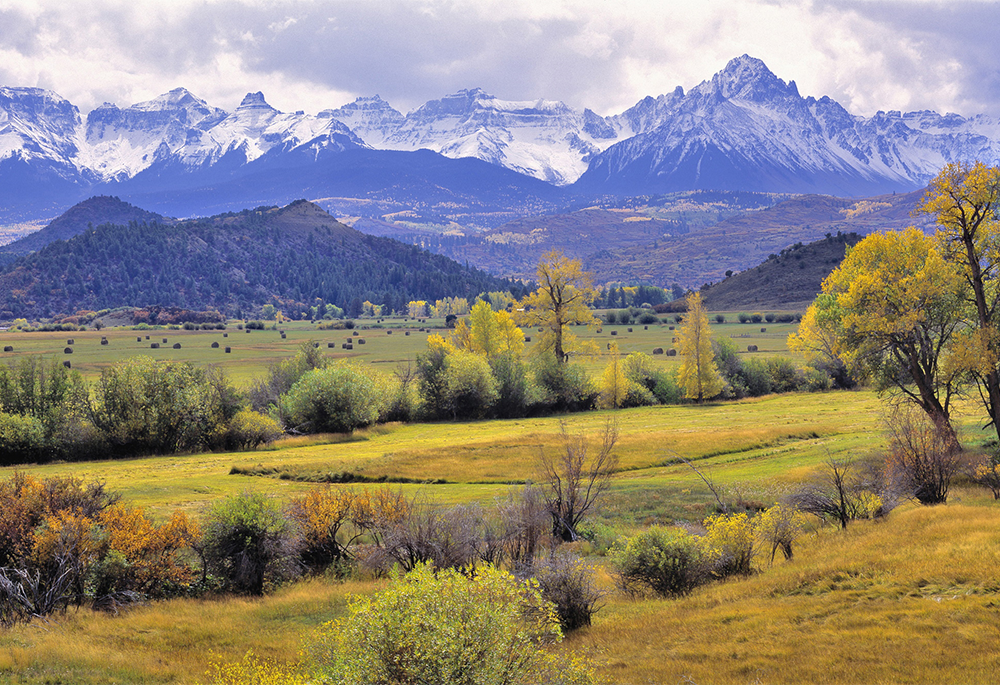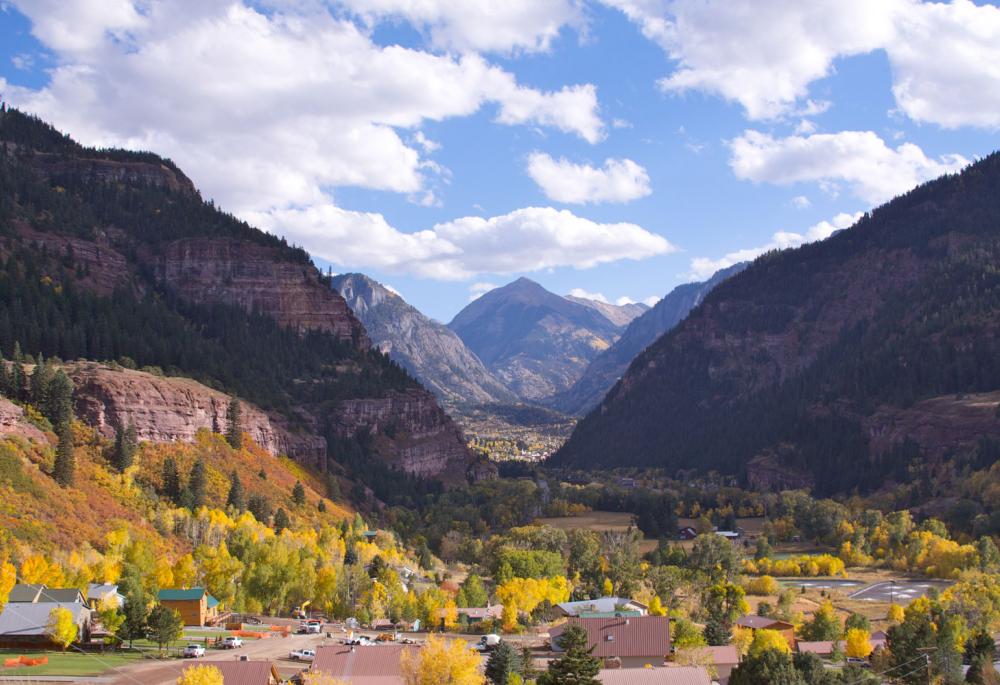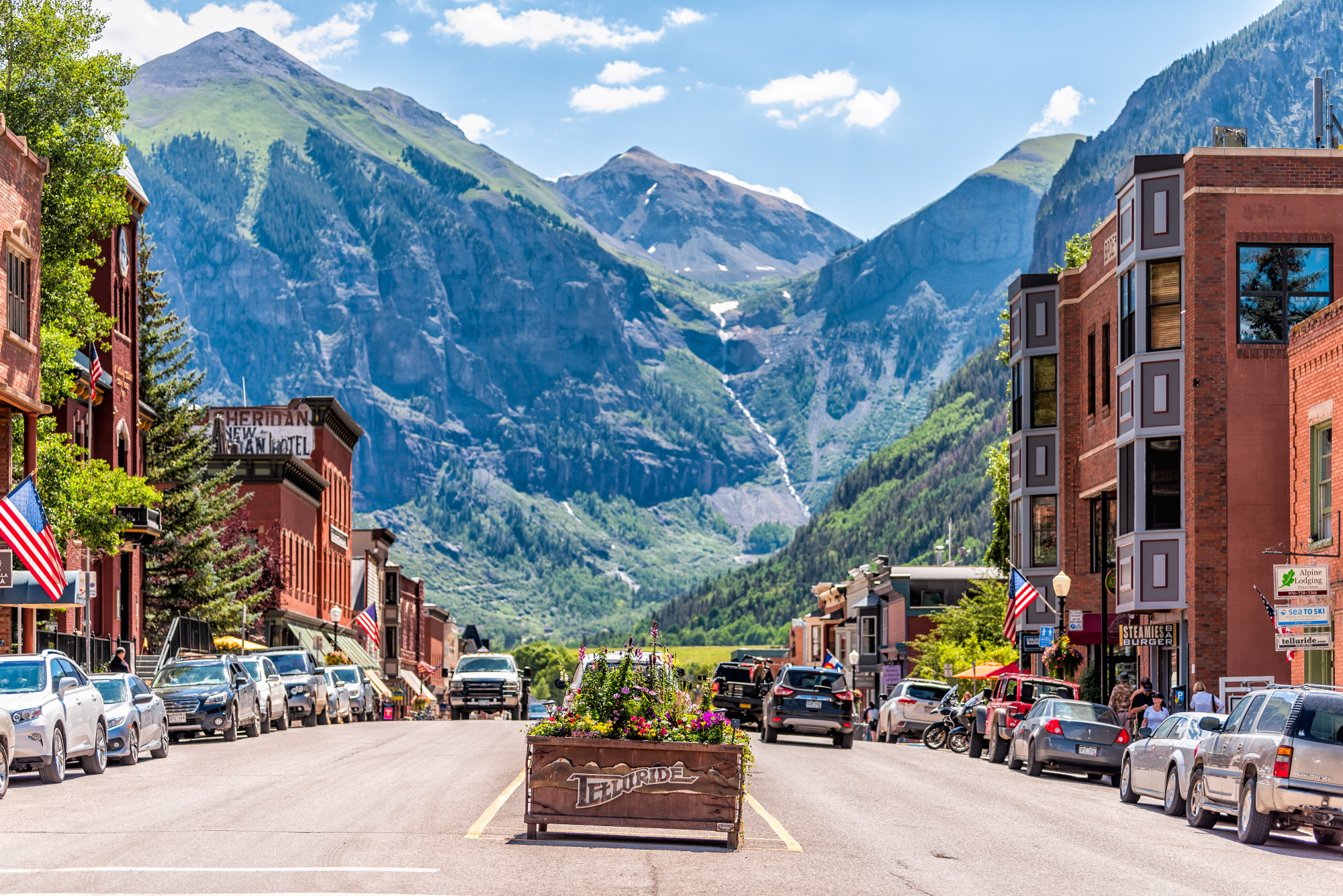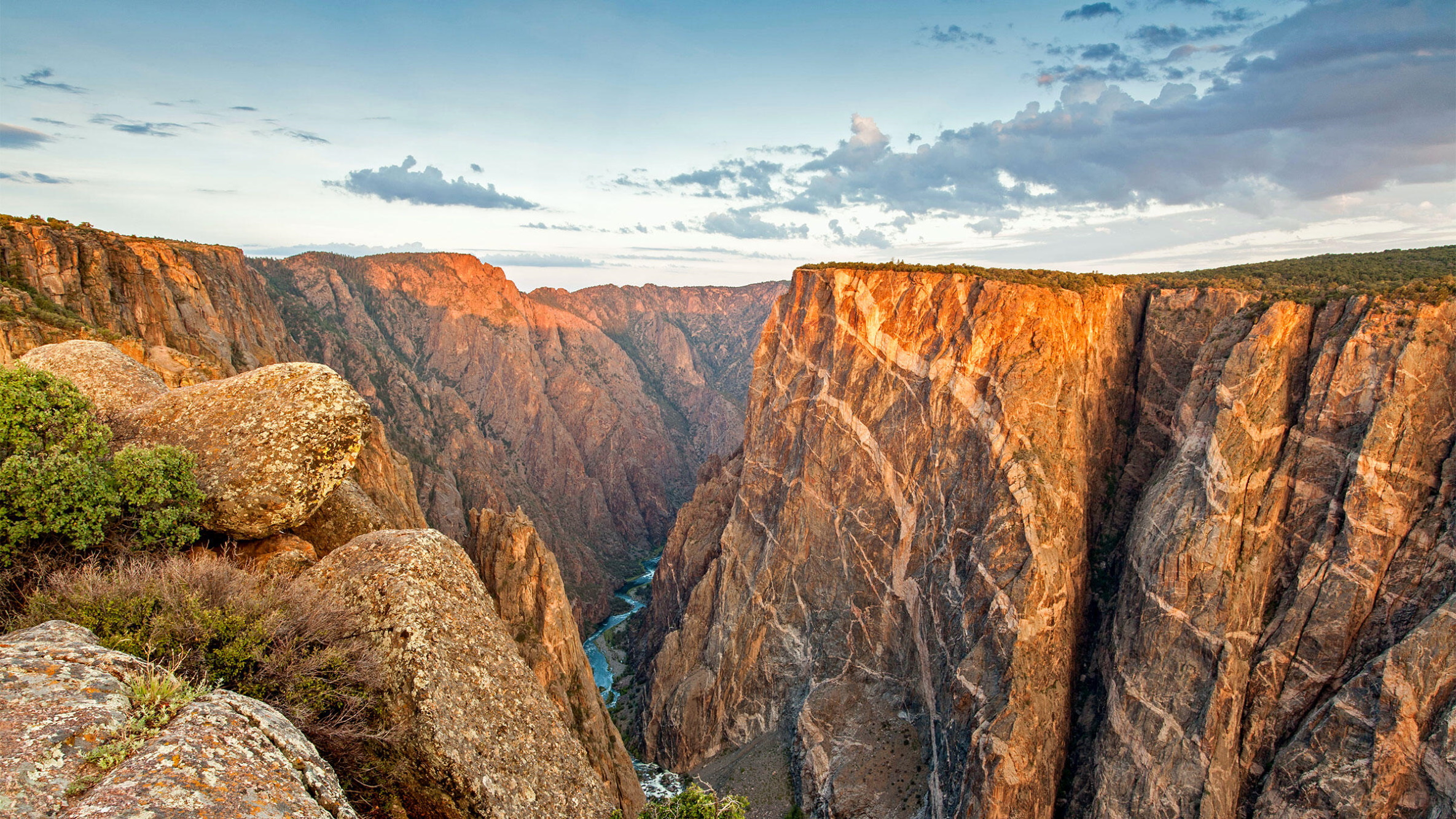About the Area
The beautiful San Juan Mountains of Southwest Colorado
Ridgway
The town of Ridgway, Colorado is located in the fertile flood plain of the Uncompahgre River at the junction of two breathtakingly beautiful mountain valleys stretching east and west of town. At an elevation of 6,983 feet, Ridgway is known as the gateway to the San Juan Mountains. The town is also situated at the junction of Colorado Highway 62 leading over Dallas Divide to the west toward Telluride; and U.S. Highway 550 south to Ouray, Silverton and Durango. These highways join to form a loop through the area designated as the San Juan Skyway.


Ouray
Like many small mountain communities in Colorado, Ouray started out as a mining town when gold and silver were discovered in 1875. Unlike others, though, because of the majesty of the surrounding mountains, the cascading waterfalls and the natural hot springs, visitors flocked to Ouray as much for its beauty as the miners did for the riches they hoped they would find. Ouray presents an abundance of old Victorian architecture, from the restored Beaumont Hotel (built 1886), St. Elmo Hotel (1898), the Western Hotel (1881), the Imogene Hotel (formerly the Columbus Hotel, 1898), and classic examples of Victorian homes. In 1983, the City of Ouray was honored to be named as a National Historic District by both Colorado and National Historic authorities.
Telluride
During the 1980s, Telluride developed a reputation for being “Colorado’s best kept secret”, which, paradoxically, made it become one of the more well known resort communities. Wealthy skiers flocked to the world class mountain all winter and sightseers kept hotel rooms full all summer. By the mid-1990s, Telluride established itself as a premiere resort town balancing modern culture with fascinating western history. In 2007 – 08, the ski area opened some of the most extreme, in-bound, hike-to terrain in the country. Most lifts in the area are high-speed quads, with the highest ski lift on the mountain reaching an altitude of 12,258 feet.


Montrose
Montrose was incorporated on May 2, 1882 and named after Sir Walter Scott’s Legend of Montrose. The Denver & Rio Grande railroad, being built west to Grand Junction, reached Montrose later in 1882 and it became an important regional shipping center. In 1909 the Gunnison Tunnel opened, providing irrigation water from the Gunnison River in the Black Canyon into the Uncompahgre Valley, helping turn Montrose into an agricultural hub as well. Today, Montrose serves as the gateway to the Black Canyon National Park to the east of town, and a winter transportation hub to the ski areas in the San Juan mountains to the south.
